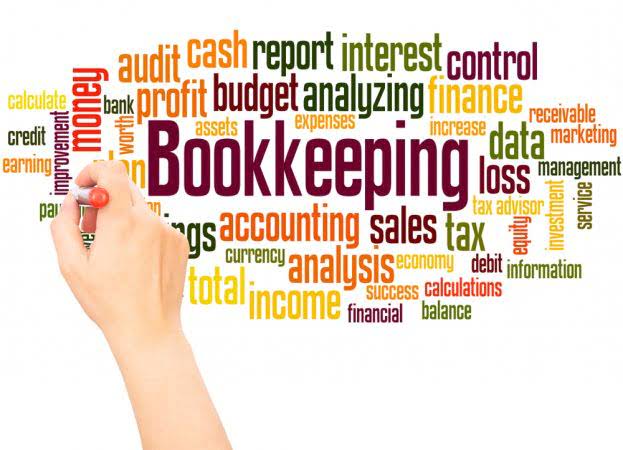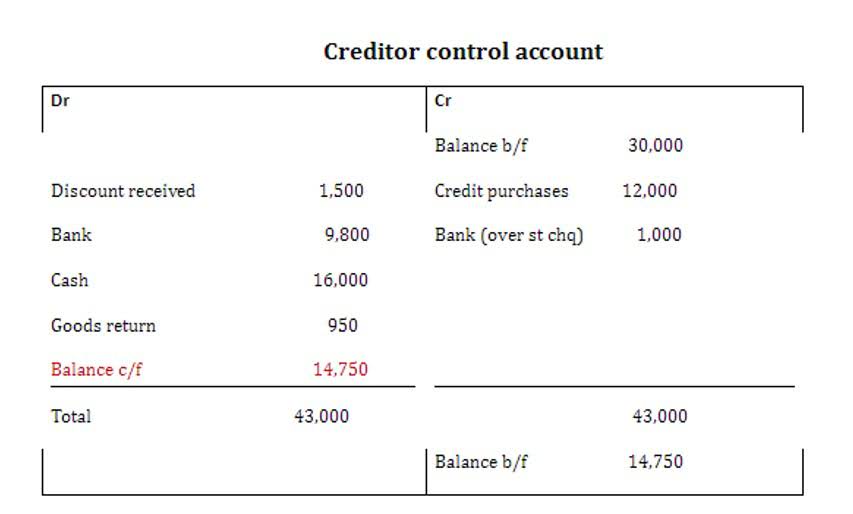Content
- DDB depreciation formula
- What is the double declining balance method of depreciation?
- Sum of the Years’ Digits Depreciation Method
- What Is the Double Declining Balance Depreciation Method?
- Example of DDB Depreciation
- Importance of Double Declining Balance Method
- What are the advantages of the declining balance method?
- How to Calculate Double Declining Balance Depreciation

The double-declining-balance (DDB) method, which is also referred to as the 200%-declining-balance method, is one of the accelerated methods of depreciation. DDB is an accelerated method because more depreciation expense is reported in the early years of an asset’s useful life and less depreciation expense in the later years. However, using the double declining depreciation method, your depreciation would be double that of straight line depreciation. On the other hand, double declining balance decreases over time because you calculate it off the beginning book value each period. It does not take salvage value into consideration until you reach the final depreciation period. The double-declining balance method multiplies twice the straight-line method percentage by the beginning book value each period.
The Ascent is a Motley Fool service that rates and reviews essential products for your everyday money matters. Notice in year 5, the truck is only depreciated by $129 because you’ve reached the salvage value of the truck. Next year when you do your calculations, the book value of the ice cream truck will be $18,000. Don’t worry—these formulas are a lot easier to understand with a step-by-step example. Recovery period, or the useful life of the asset, is the period over which you’re depreciating it, in years.
DDB depreciation formula
Double-declining depreciation, defined as an accelerated method of depreciation, is a GAAP approved method for discounting the value of equipment as it ages. It depreciates a tangible asset using twice the straight-line depreciation rate. The double-declining balance method accelerates the depreciation taken at the beginning of an asset’s useful life. Because of this, it more accurately reflects the true value of an asset that loses value quickly. When you drive a brand new vehicle off the lot at the dealership, its value decreases considerably in the first few years. Toward the end of its useful life, the vehicle loses a smaller percentage of its value every year.
However, note that eventually, we must switch from using the double declining method of depreciation in order for the salvage value assumption to be met. Since we’re multiplying by a fixed rate, there will continuously be some residual value left over, irrespective of how much time passes. Companies will typically keep two sets of books (two sets of financial statements) – one for tax filings, and one for investors.
What is the double declining balance method of depreciation?
(You can multiply it by 100 to see it as a percentage.) This is also called the straight line depreciation rate—the percentage of an asset you depreciate each year if you use the straight line method. Hence, our calculation of the depreciation expense in Year 5 – the final year of our fixed asset’s useful life – differs from the prior periods. In regards to depreciation, salvage value (sometimes called residual or scrap value) is the estimated worth of an asset at the end of its useful life. If the salvage value of an asset is known (such as the amount it can be sold as for parts at the end of its life), the cost of the asset can subtract this value to find the total amount that can be depreciated.

These points are illustrated in the following schedule, which shows yearly depreciation calculations for the equipment in this example. This rate is applied to the asset’s remaining book value at the beginning of each year. The arbitrary rates used under the tax regulations often result in assigning depreciation to more or fewer years than the service life. They determine the annual charge by multiplying a percentage rate by the book value of the asset (not the depreciable basis) at the beginning of the year. However, it’s not as easy to calculate, and you must refigure your depreciation expense each period.
Sum of the Years’ Digits Depreciation Method
In DDB depreciation the asset’s estimated salvage value is initially ignored in the calculations. However, the depreciation will stop when the asset’s book value is equal to the estimated salvage value. In the second year, depreciation is calculated in a regular way by multiplying the remaining book value of $36,000 ($40,000 — $4,000) by 40%. Mary Girsch-Bock is the expert on accounting software and payroll software for The Ascent.

The final step before our depreciation schedule under the https://www.bookstime.com/articles/double-declining-balance-method is complete is to subtract our ending balance from the beginning balance to determine the final period depreciation expense. Of course, the pace at which the depreciation expense is recognized under accelerated depreciation methods declines over time. The double declining balance (DDB) depreciation method is an approach to accounting that involves depreciating certain assets at twice the rate outlined under straight-line depreciation.
What Is the Double Declining Balance Depreciation Method?
This vehicle is estimated to have a useful life of 5 years and a salvage value of $5,000. The accountants at Linear Dynamic will calculate the DDBD for the vehicle using the following values. If the asset for which you are calculating depreciation
contains an averaging convention, LN adjusts the depreciation expense for the first half year, quarter,
or month calculation. Note that the estimated salvage value of $8,000 was not considered in calculating each year’s depreciation expense.
- If the equipment continues to be used, no further depreciation expense will be reported.
- Simply select “Yes” as an input in order to use partial year depreciation when using the calculator.
- The double-declining balance depreciation (DDB) method, also known as the reducing balance method, is one of two common methods a business uses to account for the expense of a long-lived asset.
- Continuing with the same numbers as the example above, in year 1 the company would have depreciation of $480,000 under the accelerated approach, but only $240,000 under the normal declining balance approach.
- Under the DDB depreciation method, the equipment loses $80,000 in value during its first year of use, $48,000 in the second and so on until it reaches its salvage price of $25,000 in year five.
- When accountants use double declining appreciation, they track the accumulated depreciation—the total amount they’ve already appreciated—in their books, right beneath where the value of the asset is listed.
- The salvage value is what you expect to receive when you dispose of the asset at the end of its useful life.
DDB depreciation is less advantageous when a business owner wants to spread out the tax benefits of depreciation over the useful life of a product. This is preferable for businesses that may not be profitable yet and therefore may not be able to capitalize on greater depreciation write-offs, or businesses that turn equipment over quickly. Over the life of the equipment, the maximum total amount of depreciation expense is $10,000. However, the amount of depreciation expense in any year depends on the number of images. The articles and research support materials available on this site are educational and are not intended to be investment or tax advice.
Example of DDB Depreciation
Not all assets are purchased conveniently at the beginning of the accounting year, which can make the calculation of depreciation more complicated. Depending on different accounting rules, depreciation on assets that begins in the middle of a fiscal year can be treated differently. One method is called partial year depreciation, where depreciation is calculated exactly at when assets start service. Simply select “Yes” as an input in order to use partial year depreciation when using the calculator. We can understand how the depreciation expense is calculated yearly under the double-declining method from the schedule below. For example, last year, the actual depreciation expense, as per the depreciation rate, should have been $13,422 but kept at $12,108.86 to keep the asset at its estimated salvage value.
What are the methods of calculating depreciation?
The four methods for calculating depreciation include straight-line, declining balance, units of production and sum of years digits (SYD). The best depreciation method for a company to use depends on its accounting needs, types of assets, size and industry.
In this example, the depreciation will continue until the credit balance in Accumulated Depreciation reaches $10,000 (the equipment’s depreciable cost). If the equipment continues to be used, no further depreciation expense will be reported. The account balances remain in the general ledger until the equipment is sold, scrapped, etc. The cost of the truck including taxes, title, license, and delivery is $28,000. Because of the high number of miles you expect to put on the truck, you estimate its useful life at five years. Whether you are using accounting software, a manual general ledger system, or spreadsheet software, the depreciation entry should be entered prior to closing the accounting period.
Importance of Double Declining Balance Method
Now you’re going to write it off your taxes using the double depreciation balance method. You get more money back in tax write-offs early on, which can help offset the cost of buying an asset. If you’ve taken out a loan or a line of credit, that could mean paying off a larger chunk of the debt earlier—reducing the amount you pay interest on for each period. In later years, as maintenance becomes more regular, you’ll be writing off less of the value of the asset—while writing off more in the form of maintenance.
Double declining balance is useful for assets, such as vehicles, where there is a greater loss in value upfront. Additionally, it more quickly provides your business with a greater deprecation https://www.bookstime.com/ deduction on your taxes. Typically, accountants switch from double declining to straight line in the year when the straight line method would depreciate more than double declining.